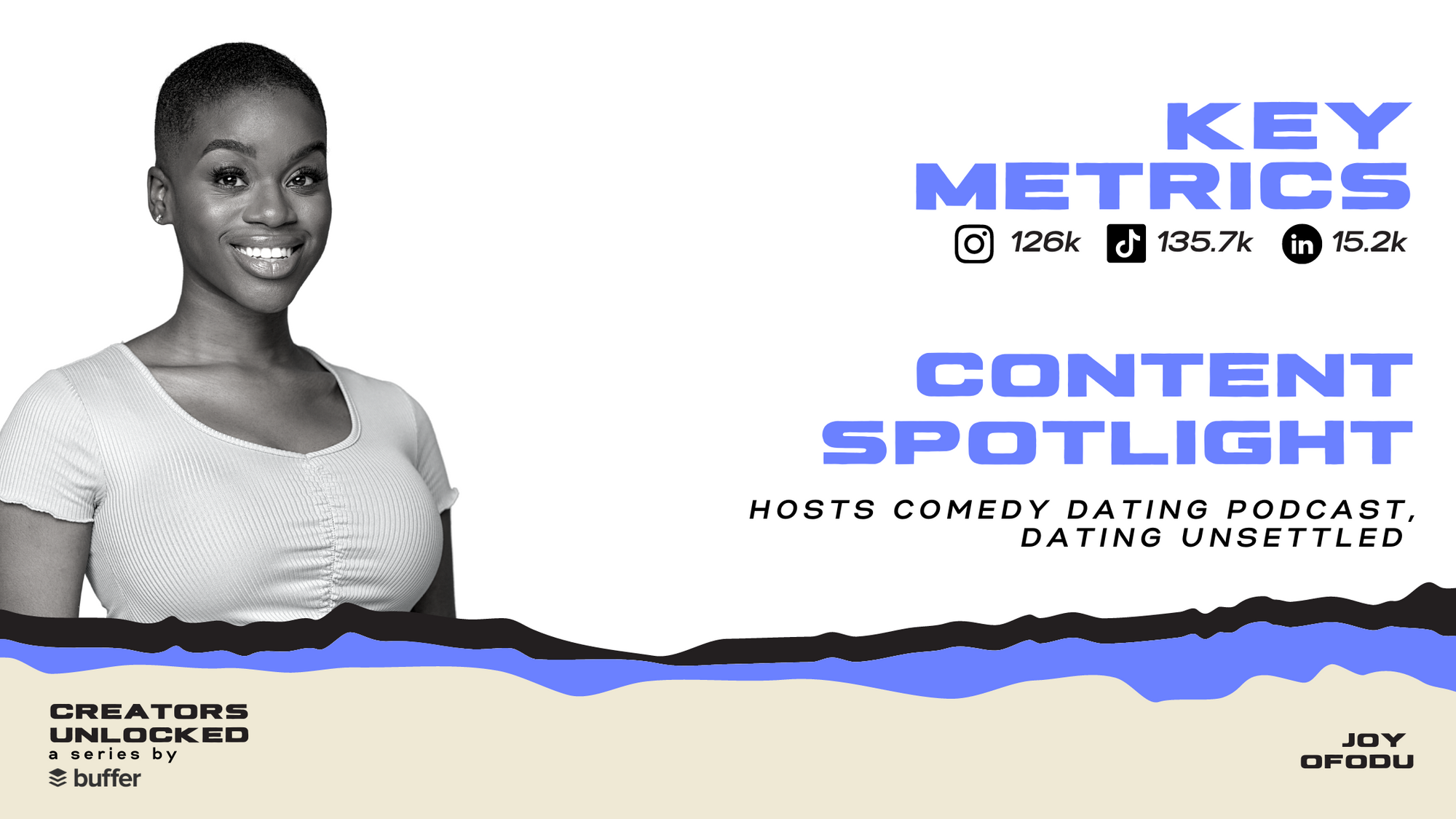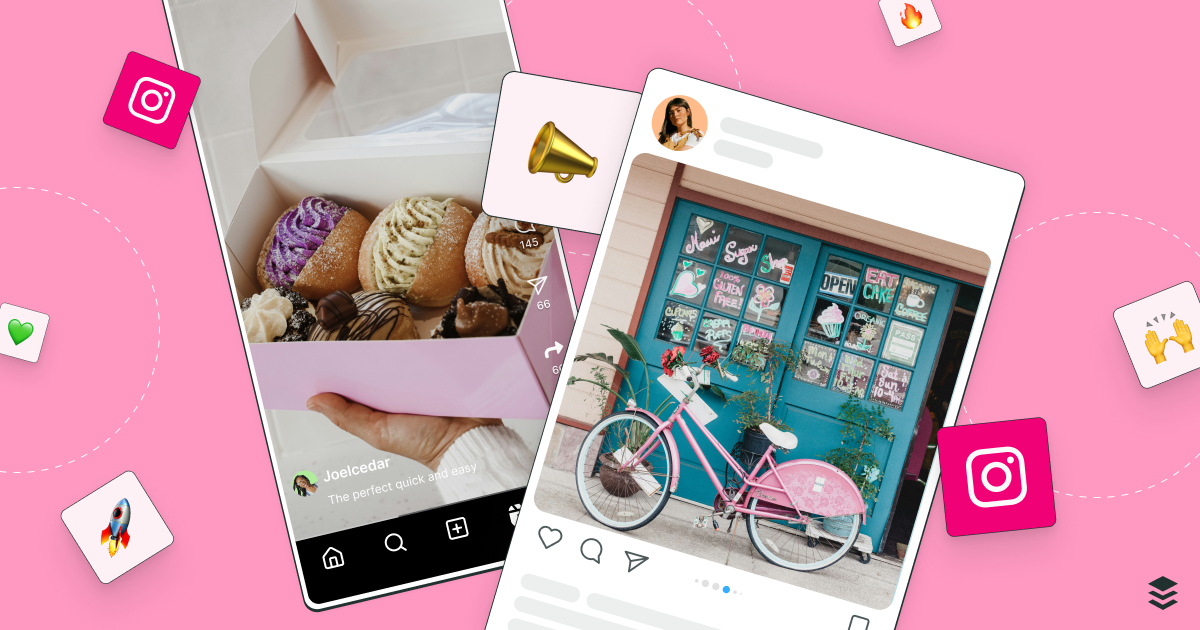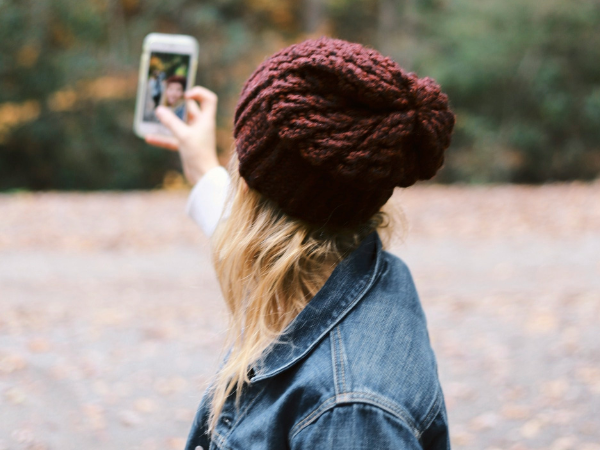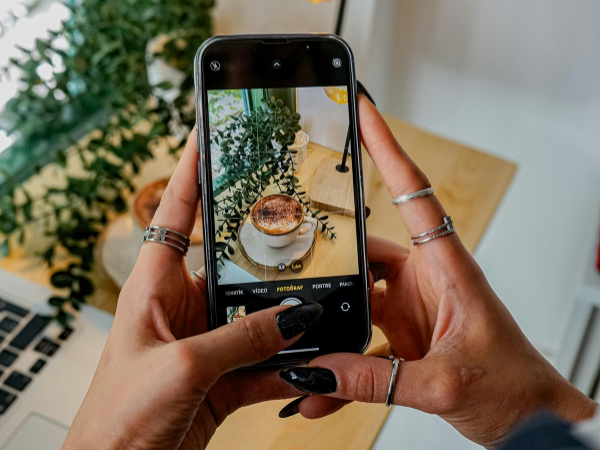
Growing A 200k+ Audience By Channeling Personal Experiences Into Content with Joy Ofodu
We unlock Joy Ofodu’s creator journey discussing everything from channeling all the feelings from her breakup in 2020 into comedy content to her goals for her platform.

Content Writer @ Buffer
🔓Creators Unlocked
This interview is part of a series called Creators Unlocked that delves into the world of content creators to uncover the stories behind their social media posts.
From Twitter to TikTok, the articles aim to offer insights and learnings for aspiring and established creators while also offering a glimpse into the lives of those behind the screens. Check out the other interviews here.
Today, we’re unlocking Joy Ofodu’s creator journey discussing everything from channeling all the feelings from her breakup in 2020 into comedy content to her goals for her platform.
We talk about navigating the content creator world as a Black woman to what it looks like to have a clear vision for your content from the start. Joy also takes us behind the scenes of what it takes to run a successful creator business, from the tools to the people that make it all happen. Let's get into it.
Q: What inspired you to start creating content on social media?
I had been a blogger, a photographer, and a member of online communities for years prior, but what made me a short-form video producer was a breakup in 2020 at the height of the pandemic.
@joyofodu Every journlist with nothing to report #newsreportervoice #funnyvideos #funnyaudios #improv #comedysketch
♬ original sound - Joy Ofodu
I wanted to build and design my own dating life and my new love story, so to document and remember the experience, I started creating and sharing short-form videos.
Q: Do you consider yourself a full-time creator?
Yes, I'm a full-time creator, as well as the CEO of my business, which I use to support my creativity. It feels really energizing to finally be in a place where I'm creating, acting, and producing content full-time.
Q: I love that you see yourself as a CEO and creator. What type of content do you create, and who do you create it for?
Joy Ofodu is my company name, and we’re an influential media company I like to say that I deliver laughter to global audiences, but my business produces inclusive entertainment and creative services.
I have labeled us as a media company based on how we affect others. When we speak, appear, shine, or show up, people are inspired to act and make a change, right, which is the definition of influence – influencing action upon others.
Q: Do you also offer other services to people under your company?
Yes, under Joy Ofodu, we offer short-form video production services. Companies like Dove and Netflix often ask us to produce short, funny videos to promote products or services. We also have voiceover services for animation, video games, and audiobooks, and I’m currently the sole voice actor.
@joyofodu @dove #DovePartner It’s 2023 and Black women’s hair is still 2.5x more likely to be perceived as unprofessional. Dove and LinkedIn are partnering to end hair discrimination in the workplace. Head to the link in my bio to sign the CROWN Act Petition and remind your feed that #BlackHairIsProfessional
♬ original sound - Joy Ofodu
We offer imaginative IP (intellectual property) writing, which I don't really advertise. But the characters and storylines that you see in my own comedy, some of them have been extended to be their own world. So I also have private IP that I've not yet released, that I've built around certain characters and themes and ideas, and I've sold IP to clients as well.
Q: So, on top of creating content consistently and engaging your 200k+ audience across different platforms, you’re actively running a business. How do you manage all that?

I’m still very heavily involved in my content creation, so the show that I’m currently working on, Dating Unsettled, has been almost 100% me, from recording to tracking analytics once it’s uploaded. But I do have a team that supports me behind the scenes.
My executive assistant helps me monitor my schedule, book events and voiceover work, and interface with clients. None of my partnerships would be possible at this scale without her. Then on some of my longer video projects, I work with a consultant Isaac, on launches. I got mentions in the New York Times and Refinery29 that wouldn’t have happened without him.
Q: What advice would you give creators who are stepping into the same season of expanding their content creation? What should they be investing in?
You should always be looking to improve your technical setup as a creator. The more you know about lighting and audio and post-production editing, the better. That's something that you can and should always invest in improving, whether it’s 100 people following you or 200,000.
I can't say that there is one objectively good style of video – it’s all about the tools you need to achieve the quality you and your audience have come to expect of you. A vlogger might need different tools than I do. It really just depends on your space, time, and financial means.
When you join a company or program, they can usually give you a mission statement and tell you their vision for the next 5 to 10 years. So when it comes to investing in a team, make sure you have a clear vision. Invest in a brand strategist to help you articulate your vision if you have to, but don’t make the mistake of bringing someone in so early that you don’t have one yet. I felt more comfortable having a clear vision as a creator and having a little traction and audience on social media.
But more importantly than anything, it was just that I had tasks that were beyond my physical capability. That's really it. I had tasks that, if I continued shouldering all of them, I would burn out. The second I felt like I was dropping the ball, I knew I needed to bring in someone who could tackle them at 100%.
Q: Speaking of tools, what’s in your tool stack for content creation?
I use a lot of in-app native editing, especially on Instagram, which shocks many people.
I love Adobe Creative Cloud, particularly Photoshop and Lightroom, for all my professional photography. Other tools that I use include CapCut and Happy Scribe for closed captioning. However, YouTube and all these platforms are starting to bake in closed captioning natively,
Google Drive is also pretty great, and my website is built on WordPress. Then I’d add Canva and iMovie to my list, and for finding contractors and freelancers, Upwork.
Q: How do you make money as a creator, and what's the largest contributor revenue in terms of everything you offer in your business now?
I make money as the creator through the ways that I mentioned: voiceovers, video production, and IP writing. I also do speaking engagements where someone wants me to be the host or a panelist at a webinar or physically at an event. Those are other ways I get paid as a personality. Then the final would be creator or grant programs, so actually raising non-equity-based funding for my business.
The most significant revenue driver at the moment that I can discuss is sponsored content or brand partnerships. Those are the ones that you can publicly see on my Instagram or my TikTok. I also have a couple of sponsored partnerships that I activated this year on LinkedIn for the first time. I can drive, for example, $7,000 for a sponsored post before usage rights.
Q: How do you decide who to work with when it comes to sponsored content? Is there ever any conflict with creativity for you?
I like working with companies and organizations and people who believe in what I believe in. So we both hold our audiences in the same regard and we believe in empowering underrepresented people. I like to see these things in practice before they reach out to me is important – just working with me doesn't mean that you support black or women-owned businesses.
Having a shared ethos, and working with brands that are reputable is important to me, so I will definitely work with a brand if it meets all of that criteria. Once you reach a certain point as a creator, there’ll always be people who want to work with you, but you can’t accept everything – otherwise, your brand becomes too dilated.
For me, I use a rubric of: does it feel right? Is this client or partner going to shine on my account? Do I have enough energy or even real estate on my account to dedicate to this campaign? Sometimes, I have to tell a brand that I don’t have the capacity in one month to work with them, or the projects that I’m doing at the time don’t align with what their campaign is about.
I also don’t work with brands in certain categories. I want to preserve my ability to work in children’s animation, so I stick to family-friendly, PG-13 campaigns. And politically, I have to dance very carefully. I'm not afraid to show public support for legislation or candidates that I might believe in. However, I recognize the influence that I have and how much research and due diligence I need to do when it comes to voting and people's livelihood. I don’t do anything that is asking my audience to spend or invest their money.
Q: It seems like you’ve always had a clear idea of your vision for your brand on social media. What advice would you give someone looking to build their identity before they start hitting big numbers?
Audit yourself. I always recommend people begin with an audit and be very thoughtful about where they already appear online. Then consider where you want to appear.
If you’re looking to grow, go where your ideal audience is. Don’t pick a platform because it’s the hottest thing right now – think audience first. Consider your audience’s media diet, what they’re interested in, then consider your own brand identity, like the visual style your audience will come to associate with you.
Also, create content pillars within your niche. And stick to them. This helps your audience know what to expect when they see your content.
Q: You were part of this great interview about Black History Month campaigns in 2023. what has been the most challenging part about growing as a black female creator so far?
I think it's just navigating the same societal constraints I experience offline. It's the same misogynoir, the same pressure or expectation to fit into a certain stereotypical entertainment trope or mold as a black entertainer, right? You're either sexualized, or you're a clown, or you’re aggressive, or you’re super radical and if you don’t fit into one of these stereotypes, growth can be slow and frustrating.
As I discussed in that interview, pay equity and algorithmic visibility will continue to be two of the biggest challenges as a Black creator. I am hyper-aware that no matter how expertly I produce on social media platforms, there is still a ceiling to my success.
If you look across the board at the highest-earning creators, we don’t see ourselves represented. And it's not about our talent or our strategy or even a lack of support. No matter how much we support each other, the system isn't designed for us to ultimately succeed at the highest levels.
Takeaways
TL;DR? Here's everything lesson we can learn from Joy's journey to success as a creator:
- Turning personal experiences into content: Joy started creating short-form videos to document and share her journey of building and designing her dating life after a breakup in 2020. Her content has since evolved, and she now runs a successful creator business under her company name, Joy Ofodu.
- Diversifying income streams: Joy generates income through various avenues, including voiceovers, video production, IP writing, speaking engagements, and sponsored content or brand partnerships. She mentioned that sponsored content is currently her most significant revenue driver, with some sponsored posts earning her $7,000 before usage rights.
- Prioritizing brand alignment: Joy is highly selective when it comes to choosing the companies she works with for sponsored content. She ensures that these brands share her values, empowering underrepresented people, and are reputable. Joy also avoids certain categories, such as politically charged campaigns or those that don't align with her family-friendly brand.
- Investing in growth: Joy believes that creators should always look to improve their technical setup, including lighting, audio, and post-production editing. She also emphasizes the importance of having a clear vision before expanding and investing in a team. For her, the decision to hire help came when she realized she could no longer manage all tasks by herself without burning out.
- Navigating challenges as a Black female creator: Joy faces challenges such as pay equity, algorithmic visibility, and societal constraints that limit her growth and success. She is highly aware of the existing ceiling to her success on social media platforms and is focused on breaking through these barriers. She emphasizes the importance of supporting one another as creators and pushing for systemic change in the industry to create equal opportunities for all.
Try Buffer for free
180,000+ creators, small businesses, and marketers use Buffer to grow their audiences every month.
Related Articles

Learn the fundamentals and advanced principles of Instagram marketing — with examples, expert tips, and timely best practices.

The ins and outs of Instagram Stories, from getting started to advanced strategies that will make your stories stand out on Instagram.

More followers on Pinterest could mean a boost in subscribers, sign-ups, sales, brand awareness, and more. Here are 20 practical tips you can start using today.